Lab_Equipments
1/22
There's no tags or description
Looks like no tags are added yet.
Name | Mastery | Learn | Test | Matching | Spaced |
|---|
No study sessions yet.
23 Terms
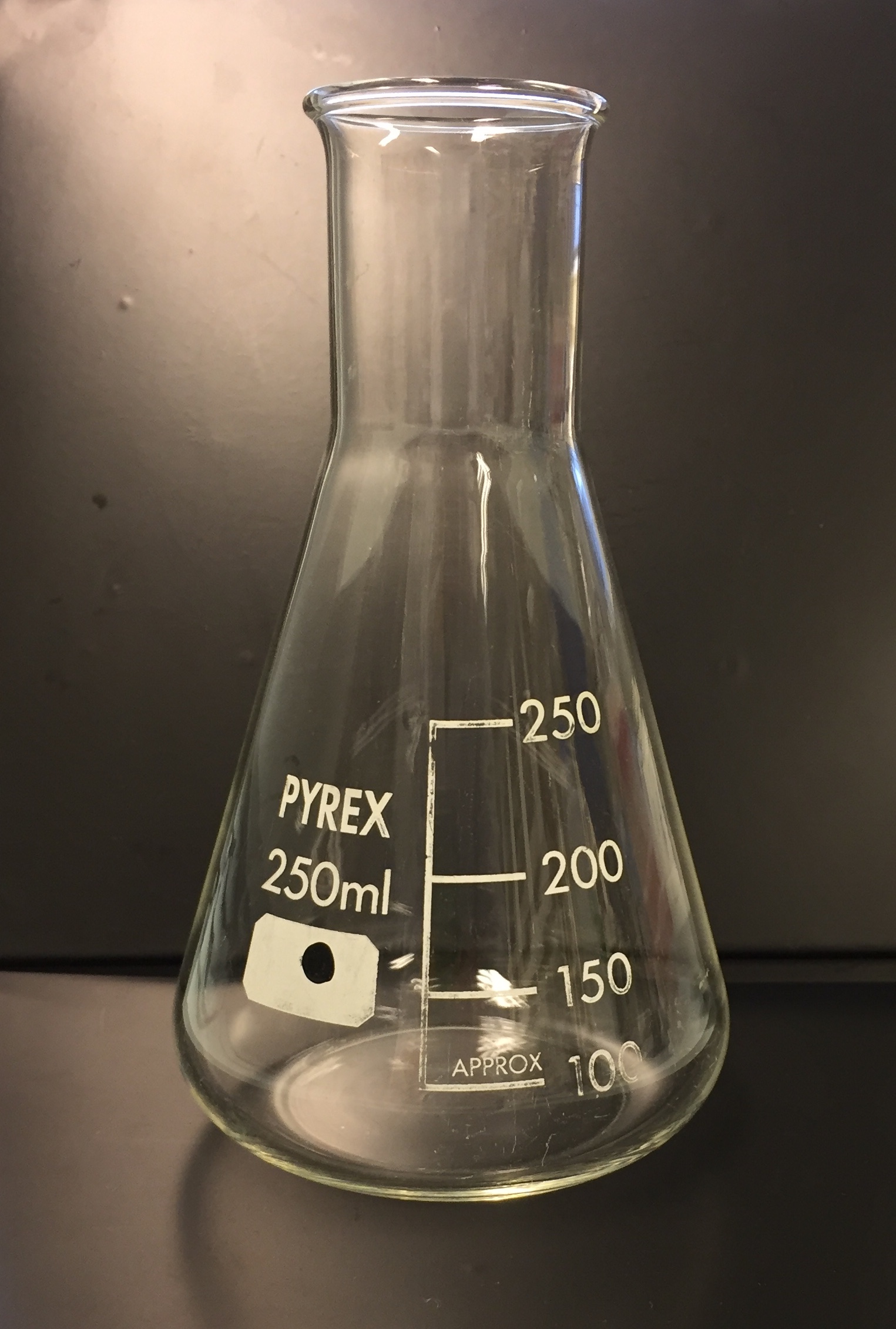
Erlenmeyer Flask
Designed for easy stirring, can be swirled by hand without spilling, often used for titrations, not used for measuring as they are only accurate to 5%.
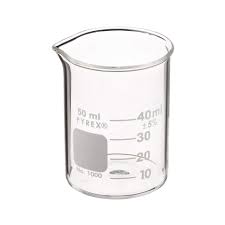
Beaker
Used to hold varying volumes of liquid, not used for measuring volumes as it is only accurate to 5%, spout lines up nicely with the rim of other glassware for easy pouring.
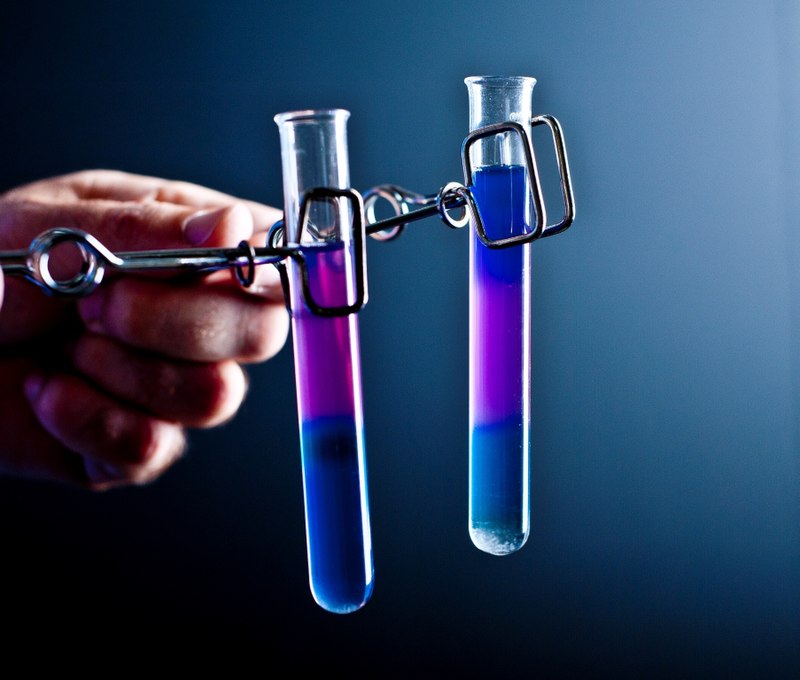
Test Tube
Used to hold and mix small samples, stirred by tapping the bottom with two fingers, fits into both a centrifuge and test tube rack, often used in qualitative analysis.
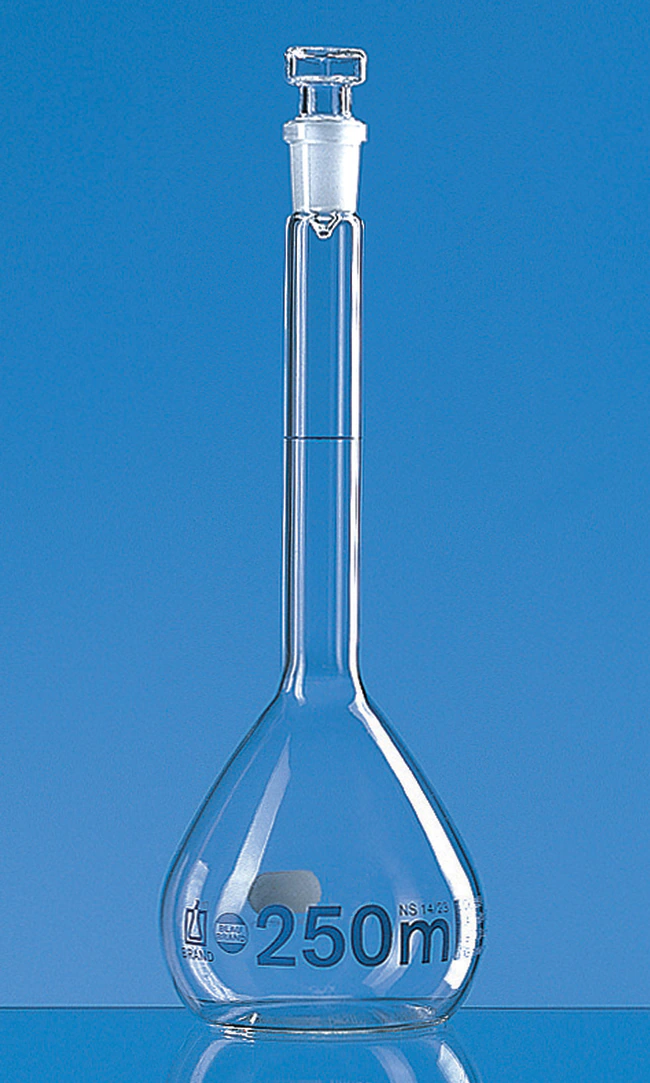
Volumetric Flask
Measures one specific volume marked by the etched line on the neck, designed for easy mixing of solutions, glass stopper needed is listed on the bottle, careful not to fill above the etched mark.

Graduated Cylinder
Used for measuring different volumes, spout lines up nicely with the rim of other glassware for easy pouring, careful measurement required, see reading the meniscus.
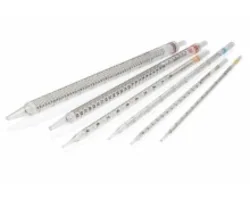
Pipet
Used for measuring specific volumes, used in conjunction with the pipet bulb.
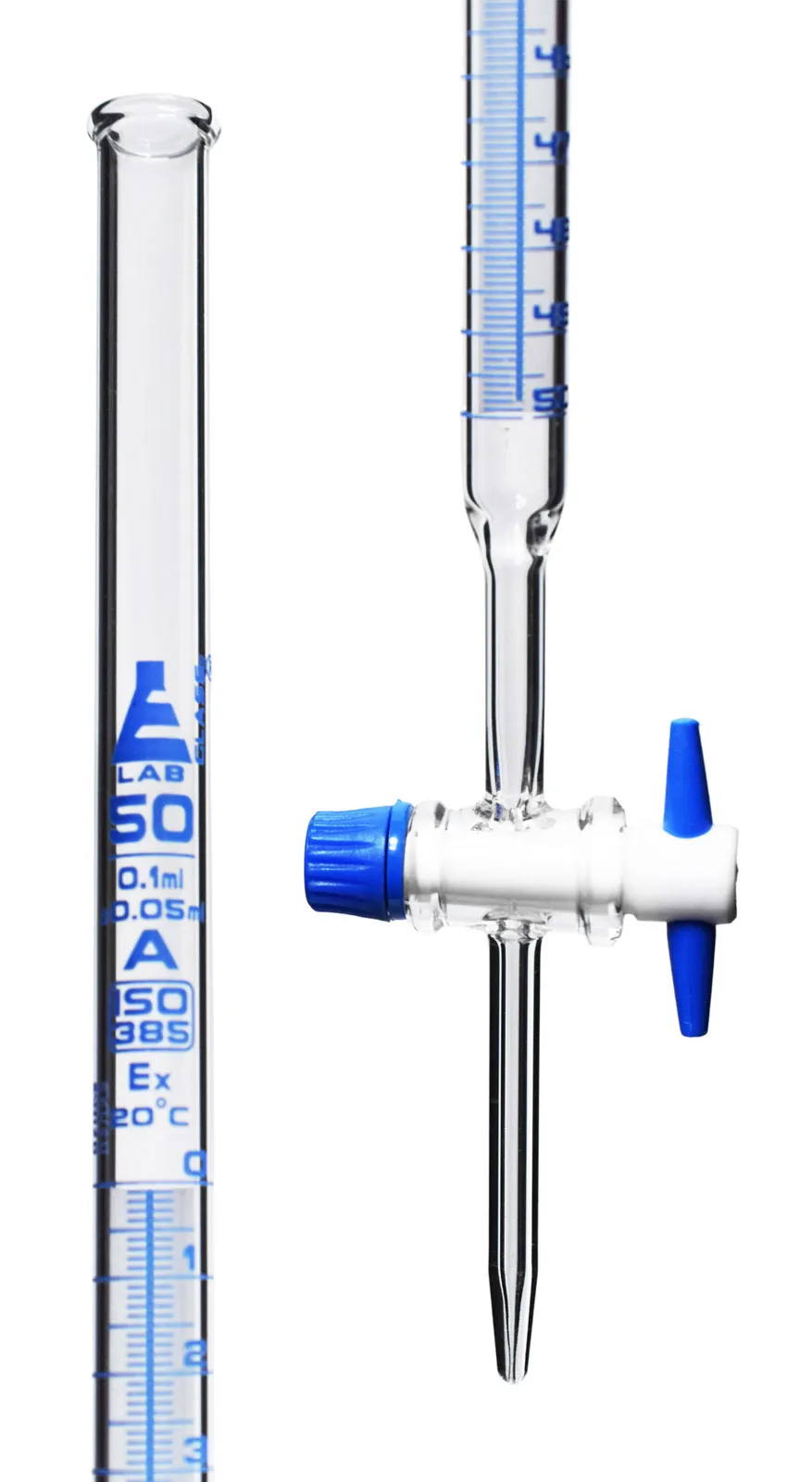
Buret
Often used for titrations or dispensing specific volumes of liquids, white plastic stopcock is open when parallel with the instrument and closed when perpendicular, should be stored upside down and open when not in use.
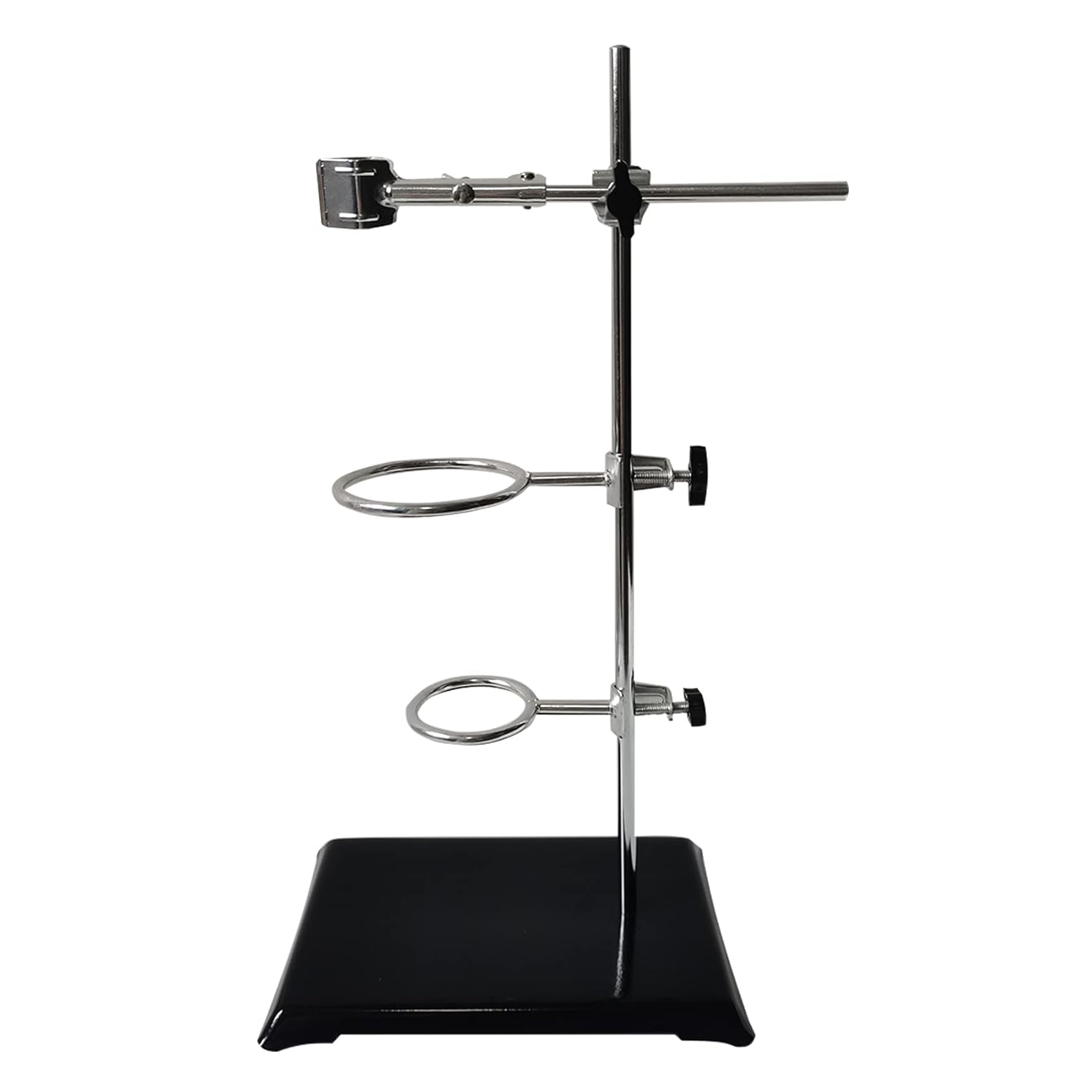
Ring Stand
Used in conjunction with clamps to hold equipment that cannot stand up on its own.
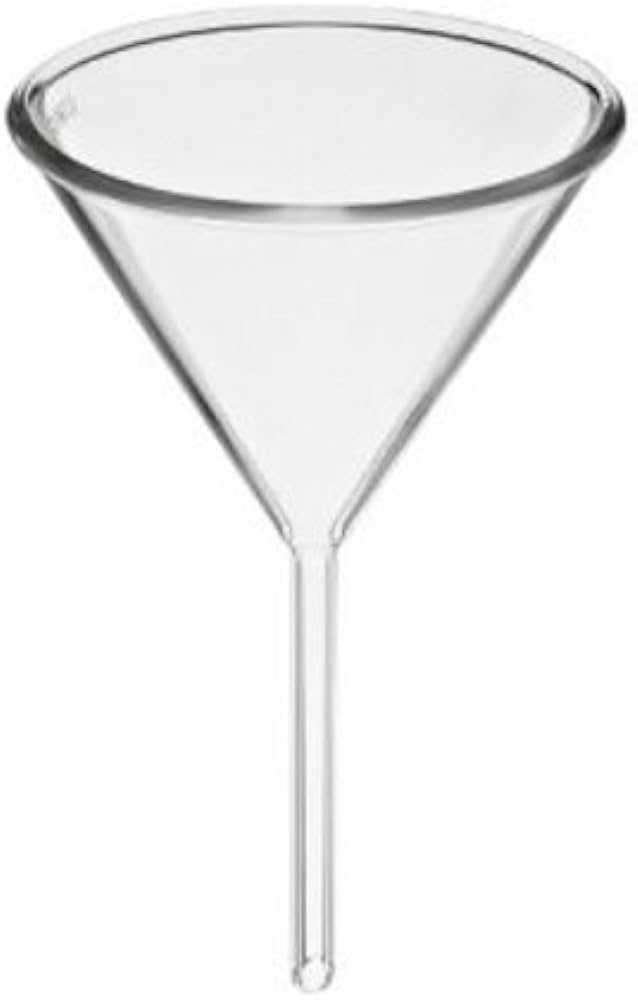
Funnel
Used to aid in the transfer of liquids, be careful as they can cause you to add more liquid than intended.
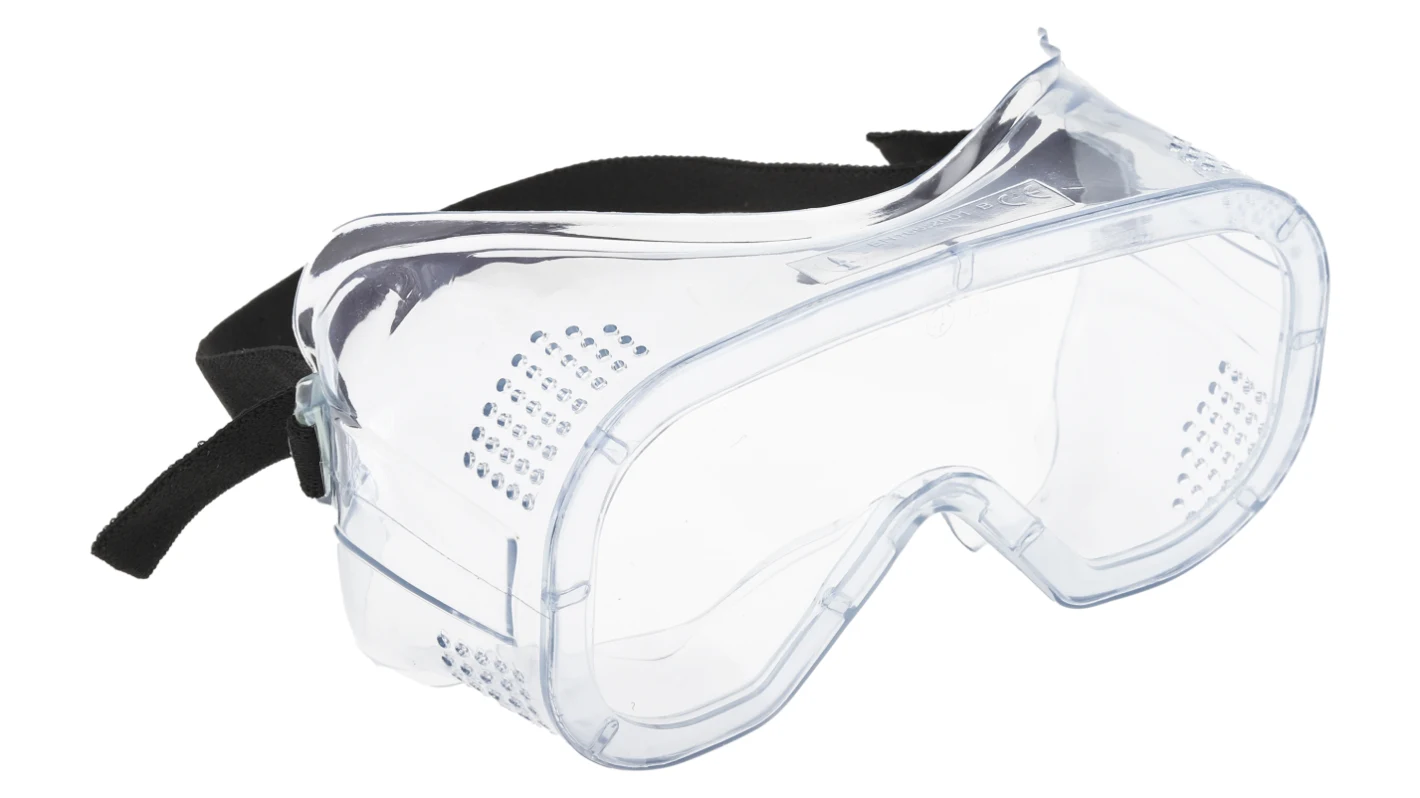
Safety Goggles
Must be worn in the lab at all times, used to protect
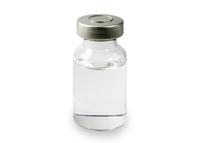
Vial with cap
It is utilized to contain small portions of solid and liquid samples. It is recommended to label the cap for easier readability, but caution should be taken not to detach the cap from the vial to maintain proper identification.
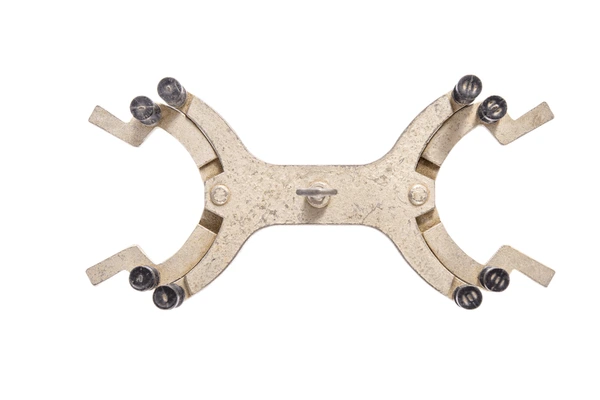
Buret Clamp
It is used to hold two burets once attached to a ring stand. It allows the burets to move up and down or spin, catering to different height and handedness requirements. This setup ensures flexibility and ease of use during experiments or titrations.

Utility Clamp
Used to hold other glassware onto a ring stand.

Watch Glass
It is a piece of lab equipment used to evaporate liquids, heat small portions of substances, and cover beakers with NaOH to prevent excess reaction with CO2 in the atmosphere. It helps in the controlled evaporation of liquids and protects substances from atmospheric reactions.
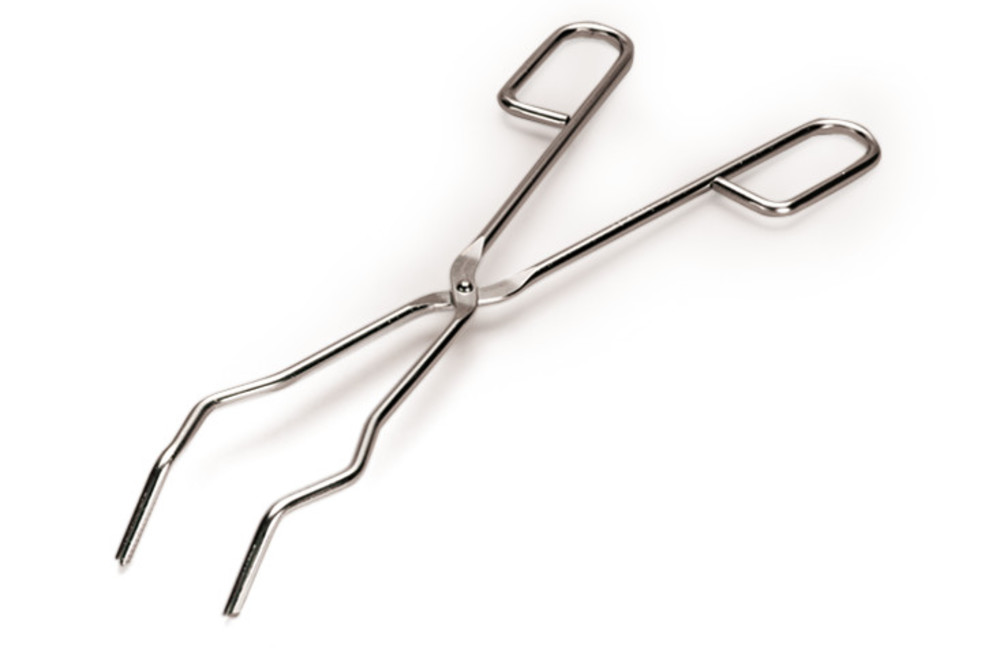
Crucible Tongs
are used to transfer a hot crucible inside or atop the curve at the end of the tongs. They can also be used to transfer other hot items by pinching them with the tongs.

Glass Stir Bar
are used to stir substances in beakers. It is important not to scrape it against the beaker or apply too much pressure to avoid breakage. Some come with a rubber policeman on the end to prevent scratching the glassware.

Magnetic Stir Bar
It is used in conjunction with a stirring plate. When in use, it should not continually hit the sides of the container. They come in various sizes, so it is important to choose one that fits well in your glassware. In case the stir bar gets stuck in the glassware, a magnetic rod can be used to remove it.
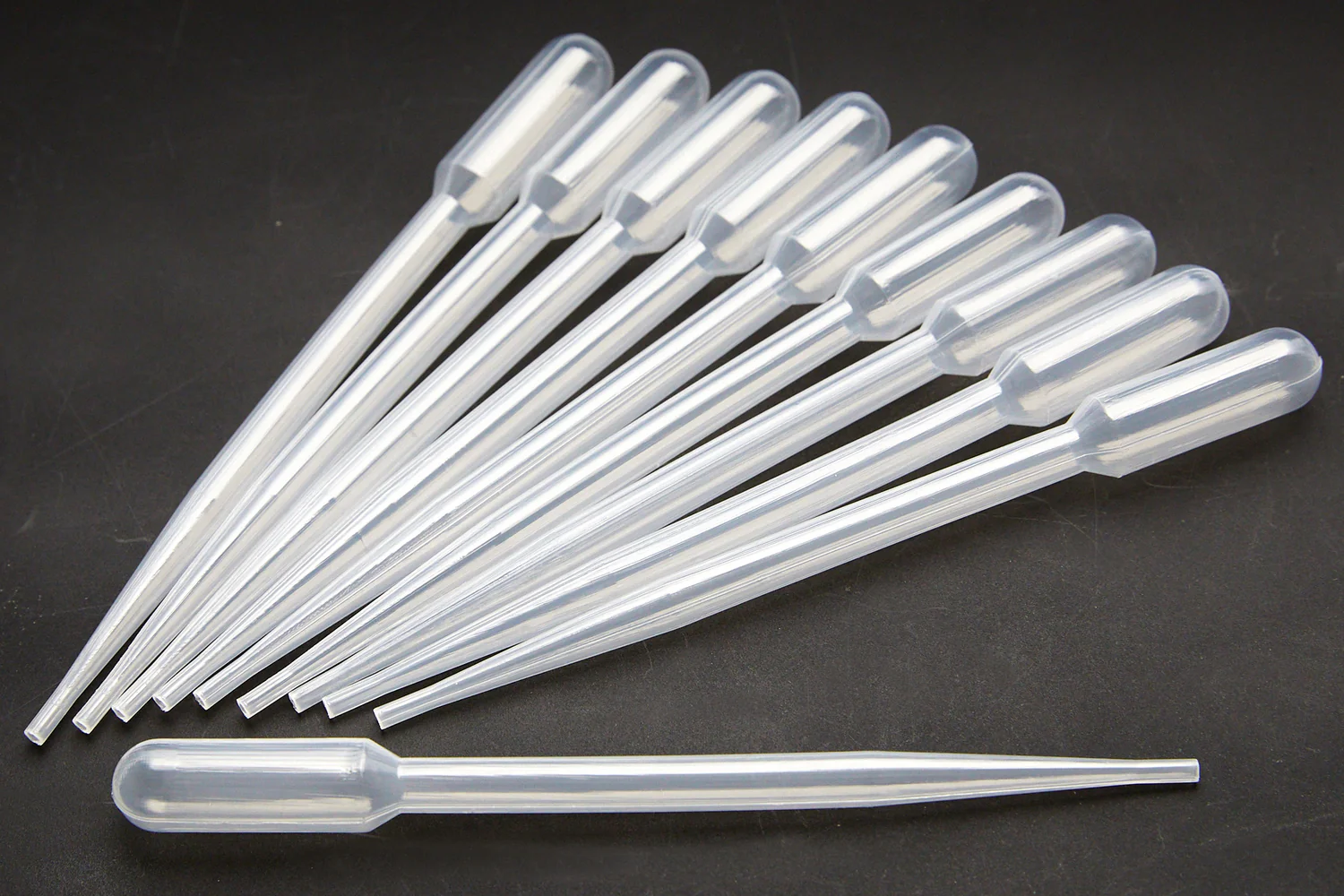
Disposable Pipet
It is used to transfer small amounts of liquids and is often utilized in qualitative analysis. While drops can be counted to make small measurements, this method is not very accurate.
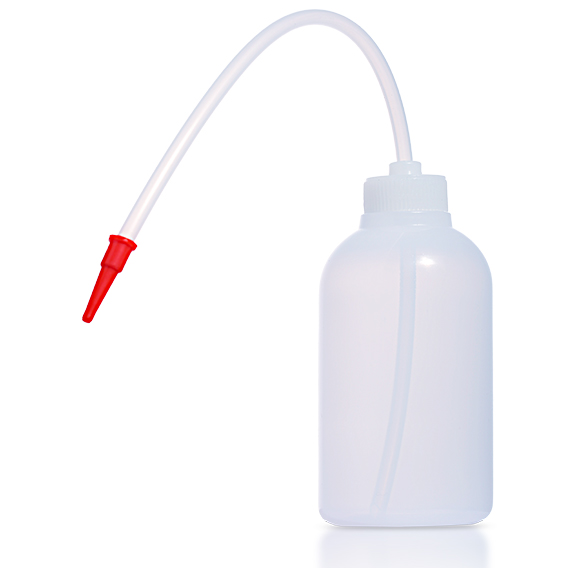
Wash Bottle
It is used to dispense RO water, which can be refilled from the pointed sink faucets.

Pipet Bulb
It is used to aspirate liquid up into the pipet. It must be used carefully to avoid aspirating too much liquid, which could contaminate the bulb. The bulb helps in drawing liquid into the pipet for accurate measurements without introducing contamination.
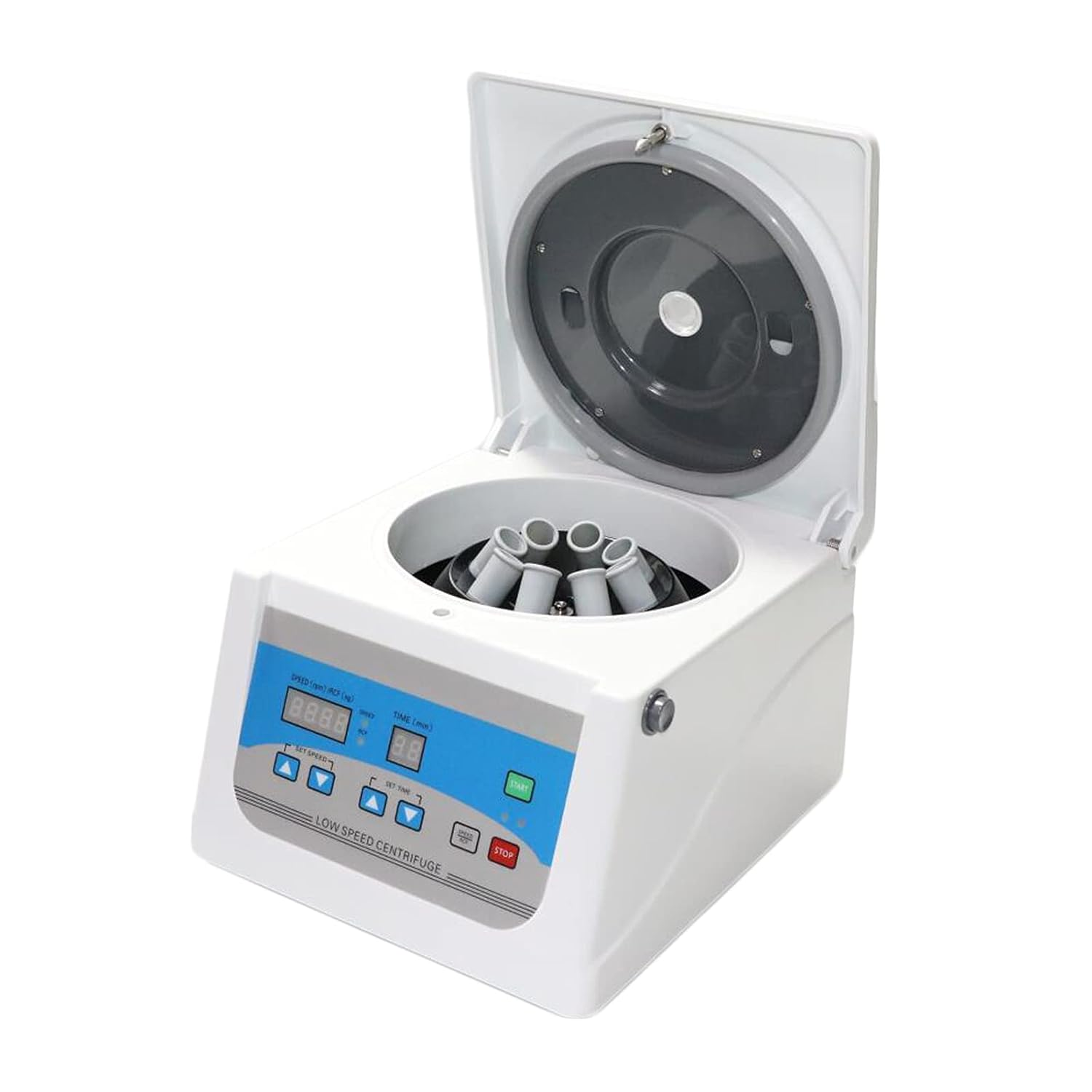
Centrifuge
It is used to separate solids out of liquids held in test tubes. It requires an even, balanced number of test tubes to work properly. If a thumping sound is heard while it runs, it indicates an imbalance and should be stopped and re-loaded.

Bunsen Burner
It is used to heat things, with the hottest part of the flame at the top of the inner blue cone. It is a common laboratory tool used for heating, sterilization, and combustion. The hottest part of the flame is the tip of the inner blue cone, making it ideal for precise heating applications.
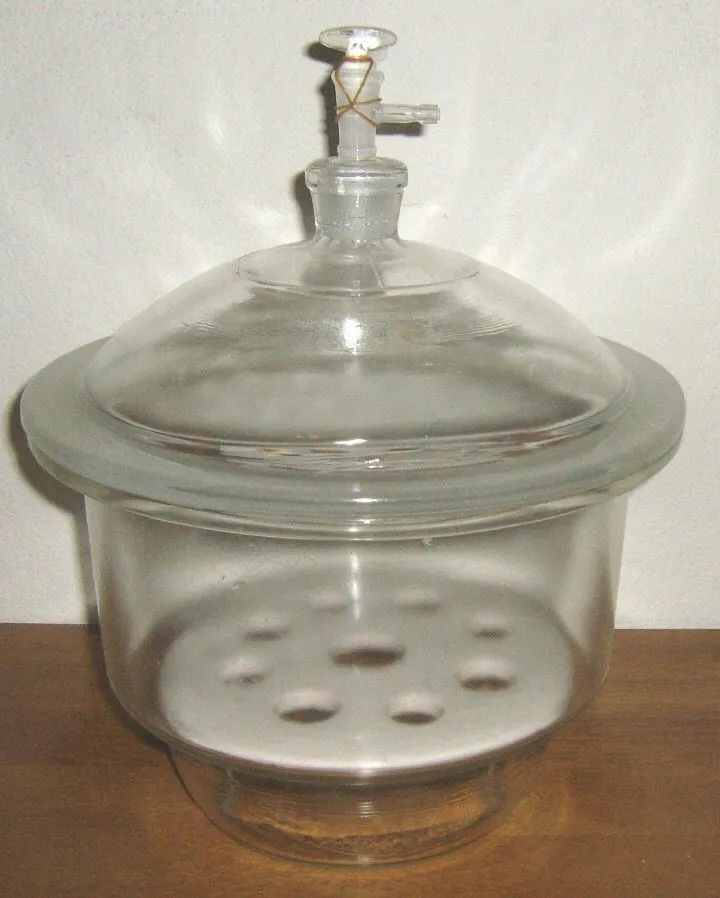
Dessicator
It is used to remove moisture from substances or glassware.